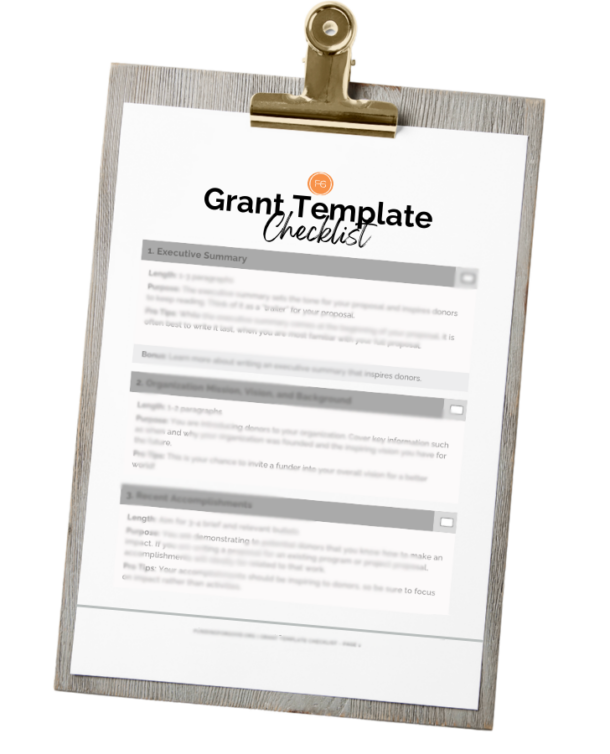Would you be interested to know what information every nonprofit should consider when establishing the strategies needed to successfully achieve program goals and objectives? We have some Sneaky Program Strategies just for you.
While honesty usually is the best policy, today I am going to encourage you to get “SNEAKY” with your program strategies! (No, you won’t find SNEAKY program strategies for development work if you google it because it is an acronym I created so we can keep this strategy blog on point!)
Sustainable and realistic strategies that align with program capacity
Never count on resources that have not been confirmed/secured
Evidence based programs and activities
Activities that are generally specific
Keep it simple
Yields maximum outcomes with minimal input
Many grant writers see large dollar signs and believe that a “more complicated or ambitious” program will impress the donor. In fact, the exact opposite is true. Donors don’t want to invest in projects that are complicated when a more efficient design can create even greater results. Donors aren’t seeking impressive strategies; they are interested in funding effective ones! Now that’s a SNEAKY program strategy!
It is difficult to sustain strategies that are overly ambitious and it creates a strain on program staff. Often, nonprofits commit the faux pas of counting on a generous donor or community partner simply because they have supported activities in the past. It is critical to connect with each potential partner prior to establishing strategies to confirm their support…especially if those program strategies/activities cannot be accomplished without them!
The best strategies are ones that utilize best practices and have been proven successful with programs that share similar characteristics with your own. Perhaps you selected an evidence-based curriculum that has been successfully implemented in communities that share your demographics, target audience, or challenges.
I always encourage grant writers to be as “generally specific” as possible so they don’t box themselves into a corner.
For example:
Too specific:
“We will offer STEM programs in partnership with the Catawba Science Center every Monday and Wednesday during the academic year.”
Generally specific:
“We intend to offer, on average, a minimum of 3 hours/week of STEM programming in partnership with community experts such as the Catawba Science Center during the academic year.”
The second option offers much greater flexibility while still providing specifics on how grant goals will be achieved within the same academic year.
Keep it simple. Be as specific as possible without overcommitting. When in doubt about your true capacity to implement a strategy successfully leave it out.
The very best strategies are those that yield great results without exhausting all of your resources. Grants are not guaranteed and cannot be considered to be sustainable income. It is important to consider strategies/activities that still fall within the realm of possibility should you receive only partial funding or after initial grant cycles end.
What SNEAKY program strategy do you have planned for upcoming grants or program initiatives?
Stay tuned for next week’s blog in the spreadsheet series as we tackle timelines and program resources. To check out the spreadsheet and download it for your own use, CLICK HERE.
How to Create Program Budgets For Grants: Be “Generally Specific”
Pre-Program Design | Set Your Grant Writer up for Success
Happy Writing! Funding For Good


